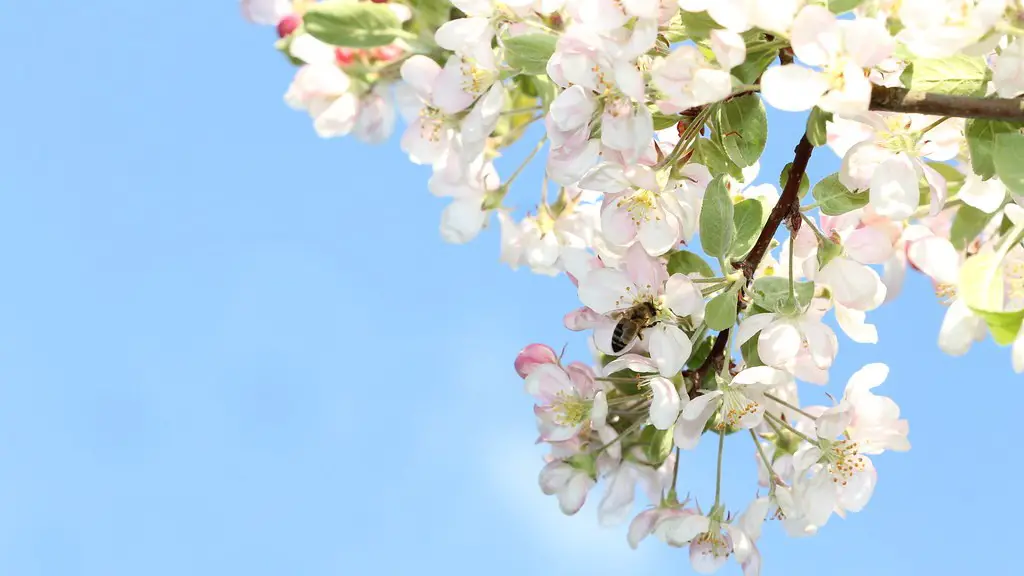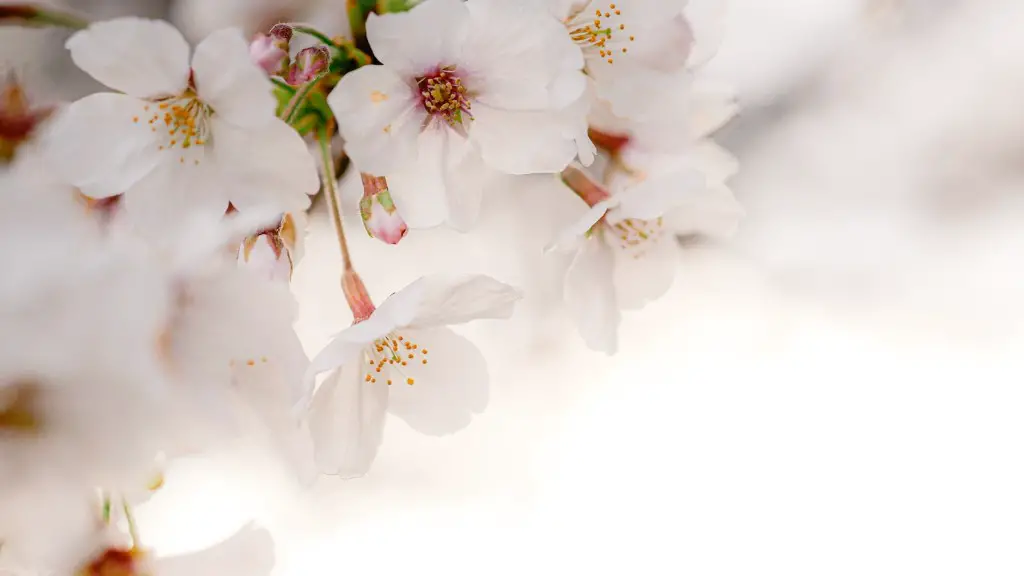Apple trees produce intricately shaped and colored leaves that play a critical role in the tree’s health and overall functioning. Unfortunately, sometimes one or more of the leaves become distorted and curled, largely due to either harsh environmental conditions or pest infestations. In order to prevent or manage this issue and ensure the tree’s longevity, it’s important to know and understand the causes of this problem and take steps to mitigate them.
One of the most common causes of leaf curling in apple trees is improper planting and care. Watering too frequently, or inadequate watering are both frequent reasons for leaf curling due to the tree not getting the proper amount of water it needs. Additionally, soil composition and structure can have an influence on the absorption and distribution of moisture in the soil, leading to uneven water content, resulting in leaf curling as a result. Furthermore, overcrowding of nearby trees can also have an impact on the soil nutrients the apple tree is receiving, leading to leaf curling.
Environmental stress is another factor that may lead to leaf curling. Too much exposure to direct sunlight can cause the leaves to dry out and curl. Additionally, extreme heat or cold or sudden fluctuations in temperature can cause the leaves to curl as well. A lack of nutrients in the soil, as can occur with nutrient-poor soil or acidic soil, can also lead to curling of apple tree leaves.
Among the pests that cause leaf curling, the most common is aphids. Aphids attack the leaves of the apple tree, causing them to curl and distort. In addition to physical damage, aphids secrete a sticky substance known as honeydew that causes the leaves to discolor. Additionally, they can spread viruses, leading to further distortion and leaf curling. In order to keep aphids from damaging apple trees, it’s important to regularly monitor the tree for signs of aphids and use pesticides if necessary.
Apple scab is another common fungal infection that can cause leaves to curl. Apple scab is caused by the fungus Venturia inaequalis, which invades the leaf surface and causes yellowish spots that can also grow and distort the leaves, leading to curling. To prevent the infection and the resulting leaf curling, regular monitoring and intensive management of the tree using fungicides is recommended.
Finally, viruses can also cause leaf curling. The most common virus is apple mosaic virus, which can cause apple tree leaves to become distorted and curl. The virus is hardy and can survive in cold storage for a long time and be spread by aphids and other insects, making it hard to avoid. Control of the virus requires the use of crop rotation and the application of fungicides and insecticides.
Manual Intervention to Prevent Apple Leaf Curling
In general, manual management steps can be taken to reduce leaf curling and damage to apple trees. For instance, the apple tree should be planted in a location that gets plenty of filtered light, while avoiding too much direct sunlight. Additionally, it is important to ensure the tree is adequately watered throughout the growing season and that the soil has the right moisture content. Pruning of nearby trees or branches can also be done to ensure sufficient airflow and create a healthier tree environment.
Fungicides to Prevent Apple Leaf Curling
Fungicides are often used to prevent leaf curling due to fungal infections such as apple scab. Fungicides can be applied either systemically or by foliar application. Systemic fungicides are applied directly to the soil, providing a protective barrier against the fungus. Foliar fungicides are sprayed directly on the leaves, providing more direct protection to the leaves and helping to prevent damage from the fungus.
Pesticides to Prevent Apple Leaf Curling
In order to protect the apple tree from pests such as aphids, pesticides can be applied. Pesticides should be selected for their effectiveness against the particular pest, and proper application is critical. Additionally, regular monitoring and inspection of the tree should be done to identify any signs of pests, and then appropriate action can be taken to mitigate the issue.
Nutritional Deficiencies to Prevent Apple Leaf Curling
Nutritional deficiencies can also lead to leaf curling. Applying fertilizers specifically formulated for apple trees can help address any nutrient deficiencies in the soil. Additionally, soil tests can be performed to determine if additional fertilizers are needed and to determine the exact levels of nutrients required for the tree to be healthy.
Regular Maintenance to Prevent Apple Leaf Curling
Finally, regular maintenance and monitoring of the tree can help ensure that any issues with leaf curling are identified and addressed early on. For instance, regular pruning of the tree is important to remove any diseased or damaged branches, as well as to create a healthier overall environment for the tree to flourish. Additionally, regular inspections of the tree and soil should be done to identify any signs of disease or pests and take appropriate action.


